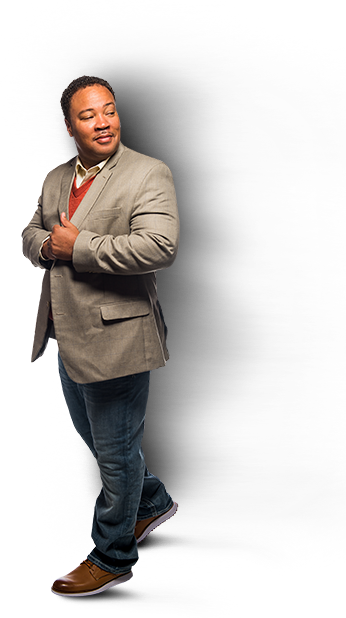Although safe patient handling (SPH) programs are designed to reduce employee injuries related to manual patient lifting and repositioning, many programs are limited to being marginally effective at best because of a lack of knowledge for how and why such injury prevention programs work. Unlike many safety practices and protocols in other industries, clinical practice settings are unique, given the many unpredictable variables that exist within the environment. From the actual caregiver, to the patient, to the limited amount of space for performing patient care, these and other factors pose unique challenges when attempting to implement new safety prevention protocols. This is the reason why a unique approach along with a unique perspective is required for SPH programs to be successful in decreasing patient-handling injuries.
Practicing Safety
Clinicians who perform duties in patient care environments develop work practices that are centered on how they believe they can most safely and efficiently accomplish tasks despite environmental challenges. This explains why clinicians are hesitant to change patient-practice processes that they consider to have mastered. For example, when considering environmental workspace, clinicians have learned to avert injury risks by eliminating clutter for the purposes of preventing trip hazards all while being mindful of biological biohazards such as sharps and needles.
Through formal training, clinicians have learned to place high priorities on both physical and cognitive assessments of patients, not only for the purposes of executing the treatment plan, but also for planning and anticipating the possibilities of potential adverse environmental risks that could threaten their patient’s safety. Additionally, as clinicians consider patient safety related to the medical plan of care and the clinical practice setting, measures such as falls risks precautions, skin risk management precautions, and isolation precautions are all implemented to preserve acceptable quality patient care standards, which are expected to be maintained. Therefore, when entertaining the possibilities of implementing an injury prevention program such as SPH, program implementation must be approached in terms of processes and systems so that strategies are developed to align with an overall patient care mindset.
Systems and Processes
When implementing SPH programs through an operational clinical practice perspective, there are many factors to consider towards accomplishing an acceptable level of success. I believe that the intended goals of reductions in employee injuries related to lifting and repositioning patients become more achievable if these considerations are applied:
- Understanding bedside patient care and associated complex nuances allows for the development of practical implementation strategies, thereby increasing the likelihood of staff adopting new patient-lift processes. Bedside patient-care is unique in the sense that caregivers perform practices and processes that allow them to provide efficient care to patients, including practices applied to patients with mobility challenges. Staff perceives efficient workflow at the bedside as necessary for successfully accomplishing all patient care tasks; any perceived disruption to this workflow can reasonably be expected to be ignored.
- Accepting feedback from personnel who perform daily work in the practice settings to be modified is extremely important. Staff, particularly nurses, often consider themselves the expert as it concerns bedside patient care processes. Nurses also expect their feedback to be taken seriously. This however is a benefit towards implementation; if bedside nursing staff are given a stake in process modification decisions, it’s more likely those changes will be incorporated into practice. Listening to what is being communicated by staff, engaging in fact-based discussions, and avoiding practice preference debates provide a sense of staff’s willingness to change. This information is intended to provide insights on how to tailor approaches to implementation.
- Collaborating with equipment end-users is a must because an SPH program is unlikely to happen without sufficient buy-in. However, to sustain the use of patient-lift equipment, departments that support clinical operations on nursing units must be heavily involved. Though we rarely consider the contributions of ancillary support to nursing units, these support systems and processes must be addressed should there be any hopes of successfully implementing and sustaining a SPH program. For example, preventative maintenance and periodic repairs of patient-lift equipment must be addressed. Cleaning equipment between patient use requires input from infection control. Distribution of equipment accessories, particularly slings, is of the utmost importance because the equipment cannot be operated without these products. In other words, collaborations must be successfully coordinated among everyone involved in the clinical operating system.
Creating An Exceptional Program
The inevitable challenge to implementing an SPH program is that it must be successfully integrated into already established patient-care processes. Though the intended purpose of this program is to focus on preventing injuries, its objectives must be clearly articulated to everyone involved so they may have a detailed understanding of their expected roles. This level of integration and collaboration is truly the difference between a marginal versus an exceptional SPH program.


